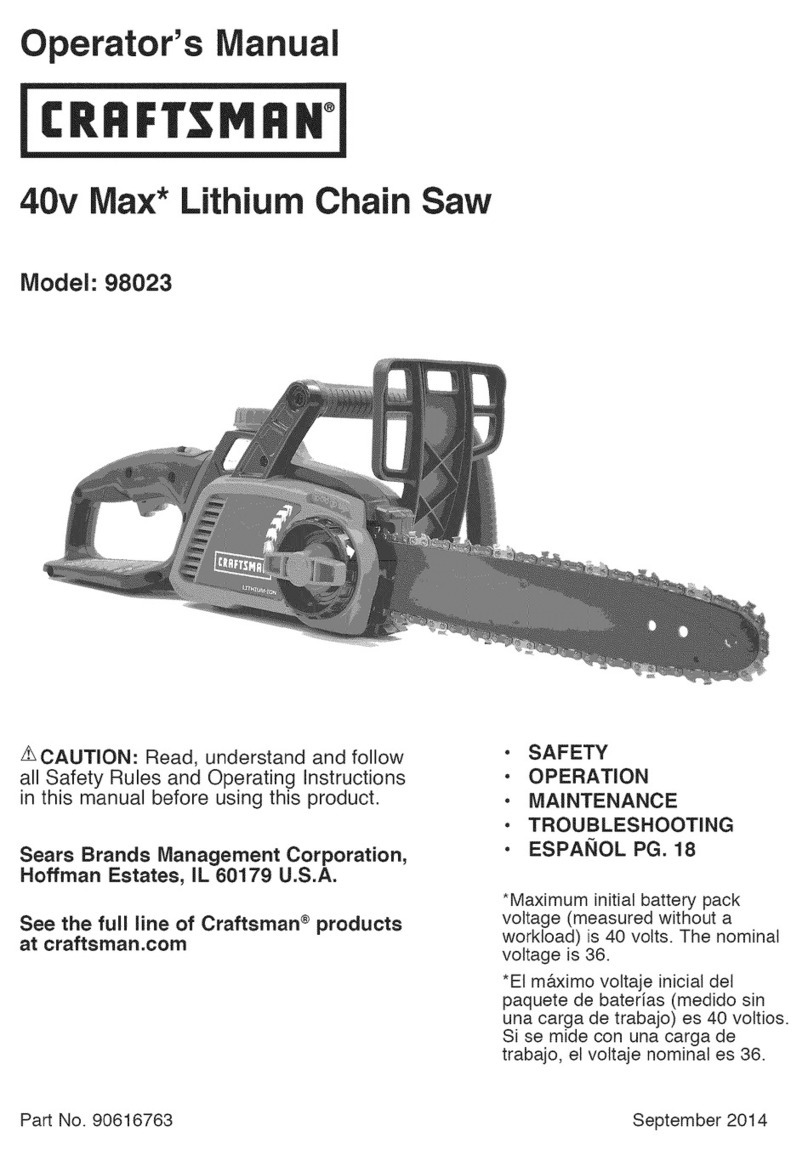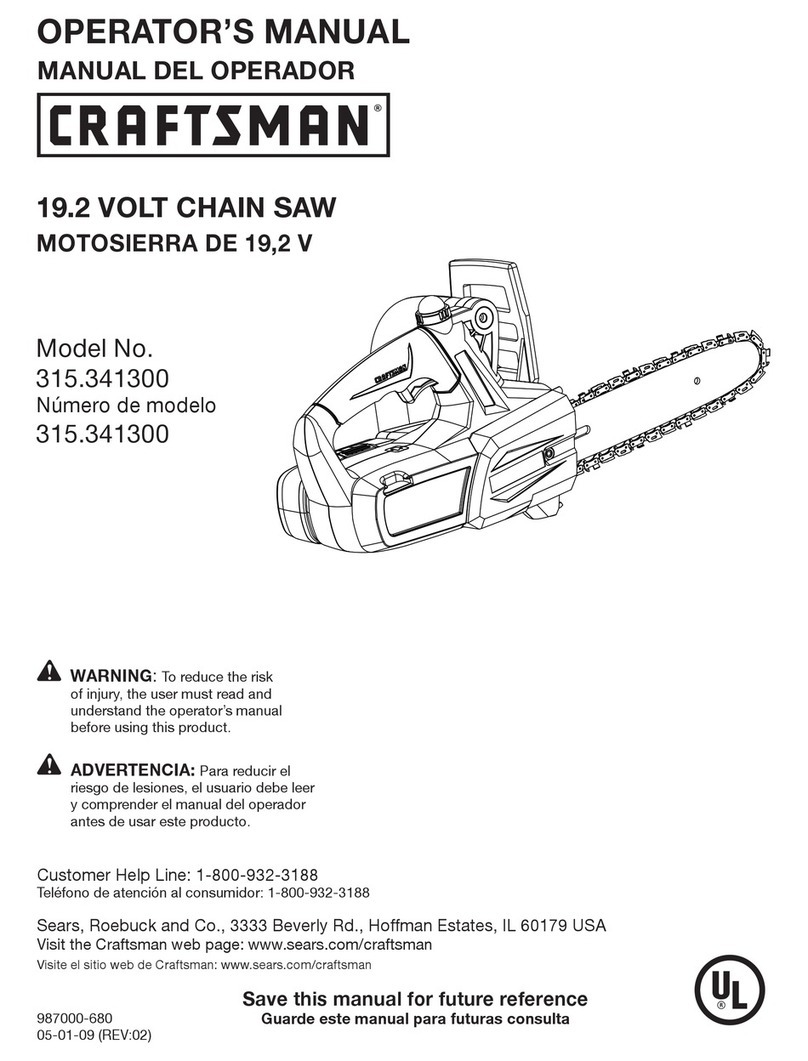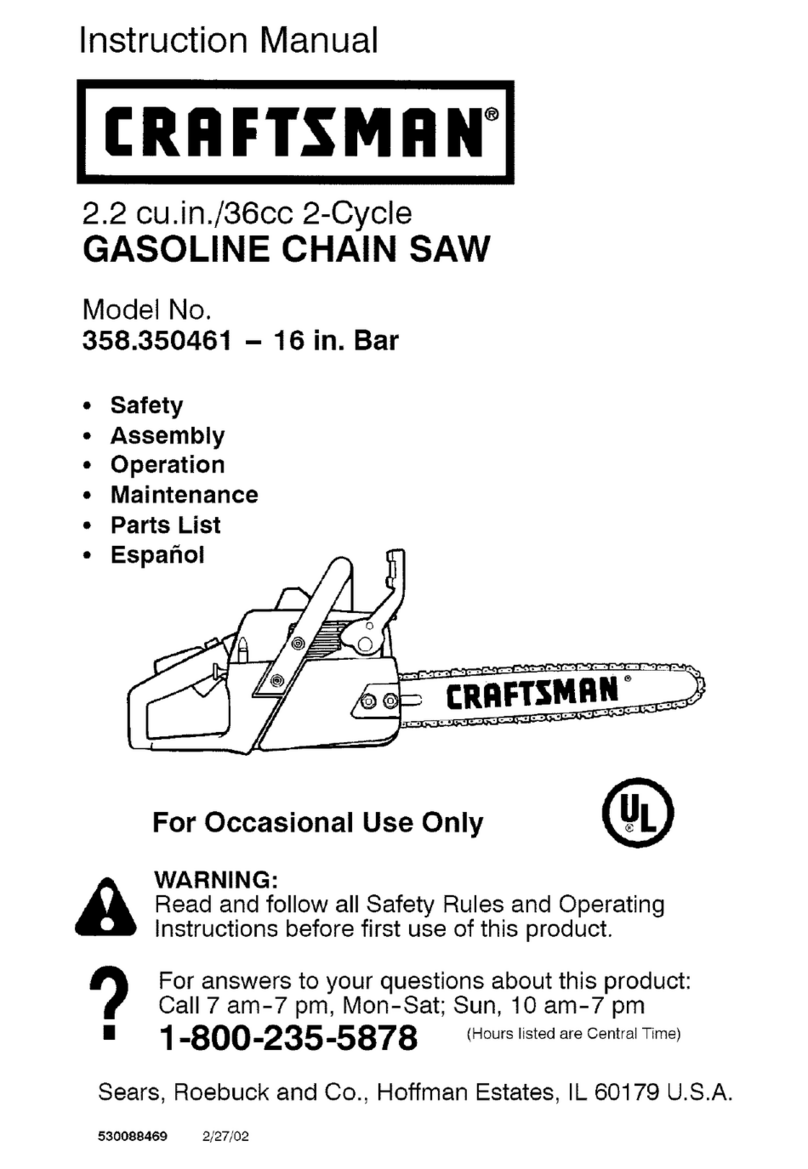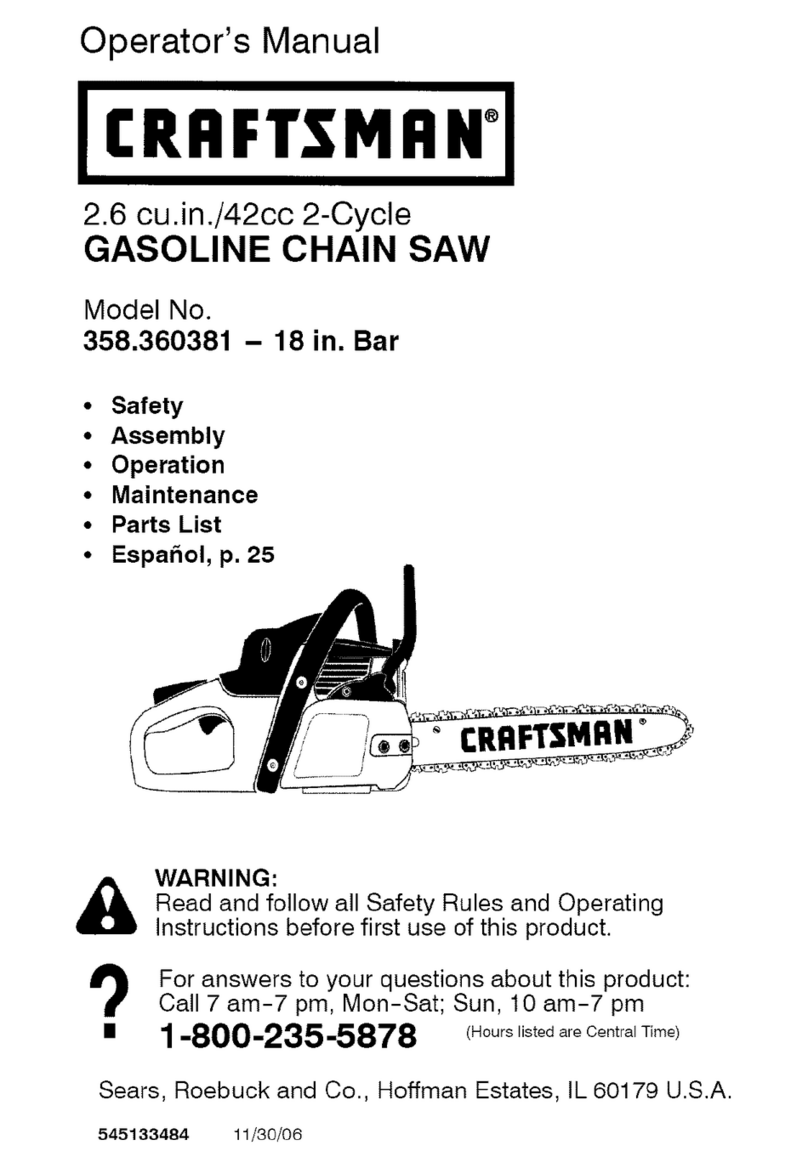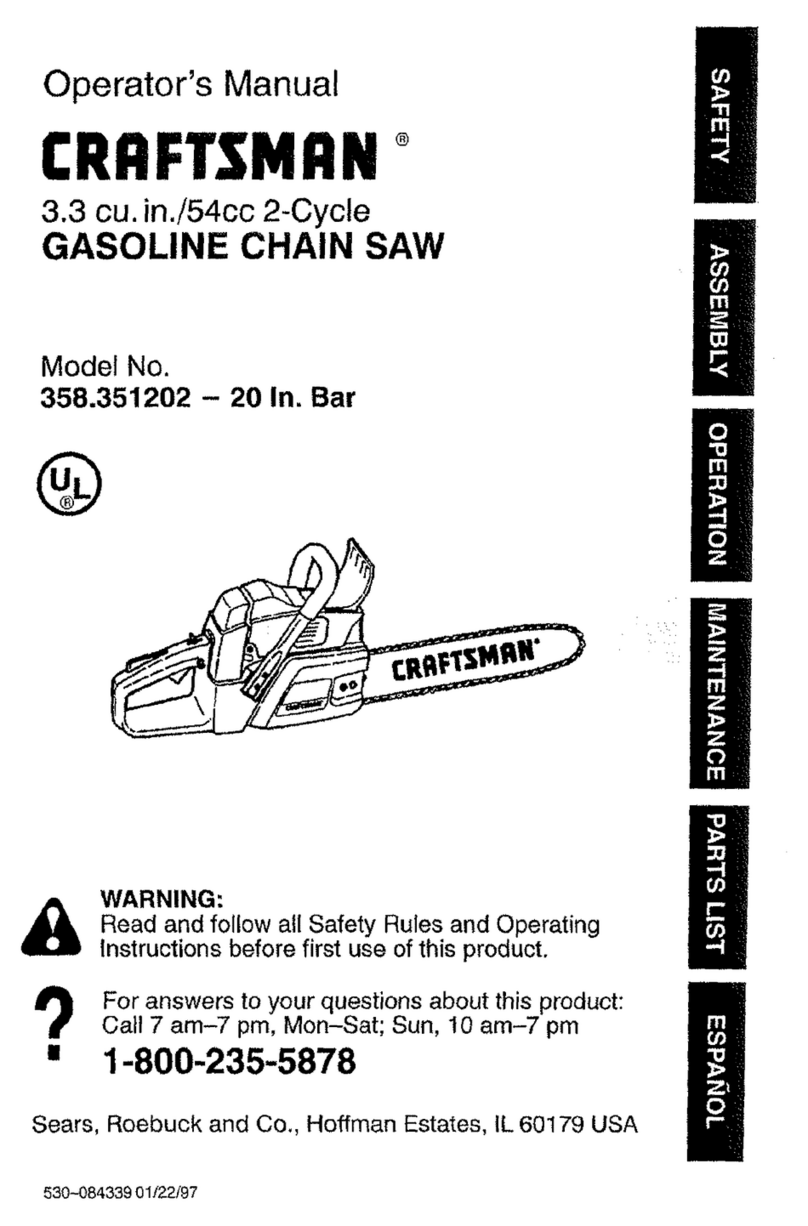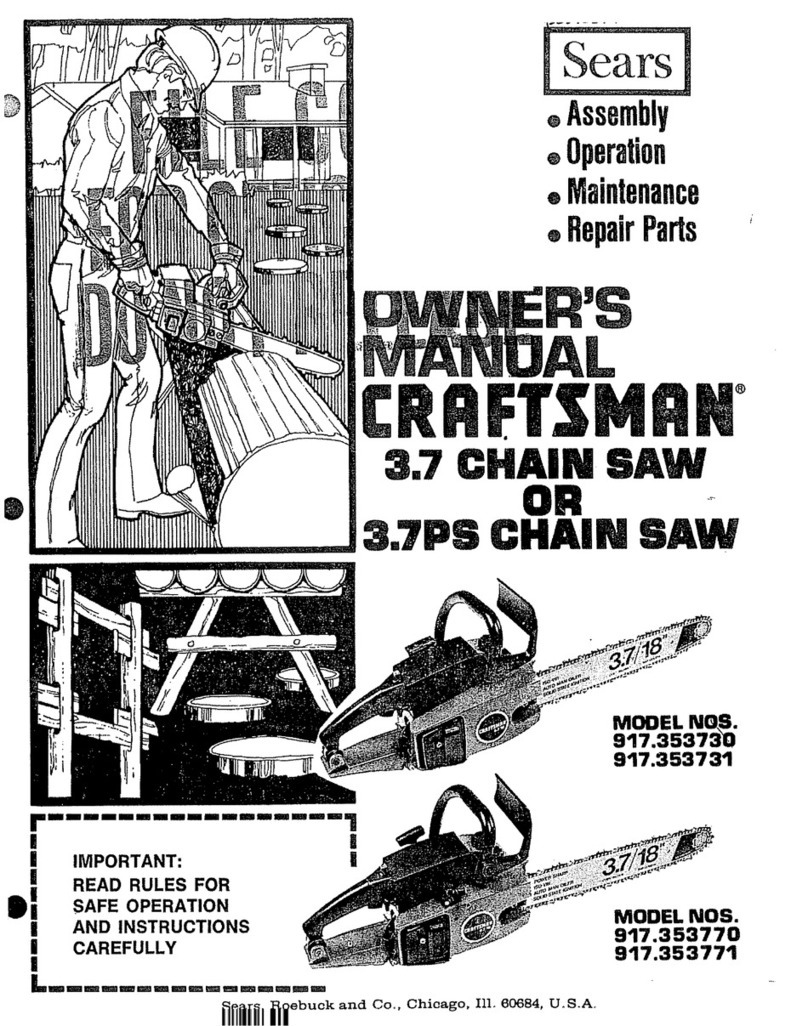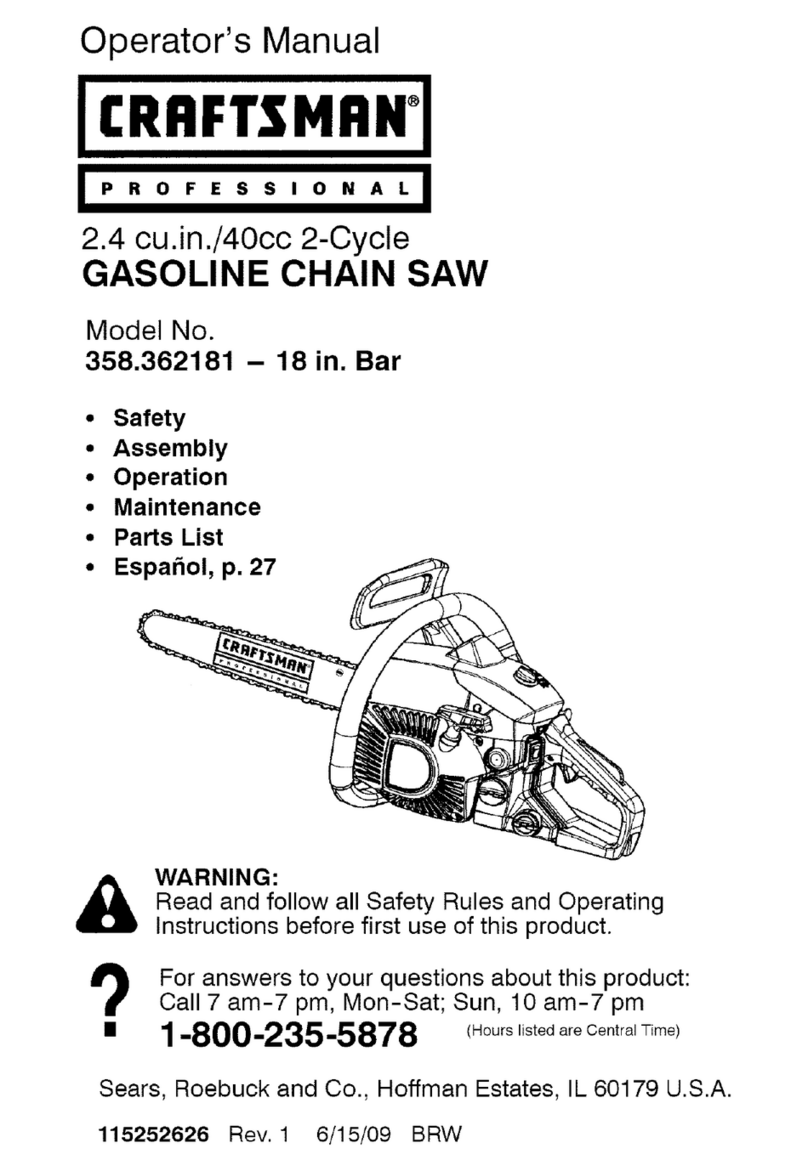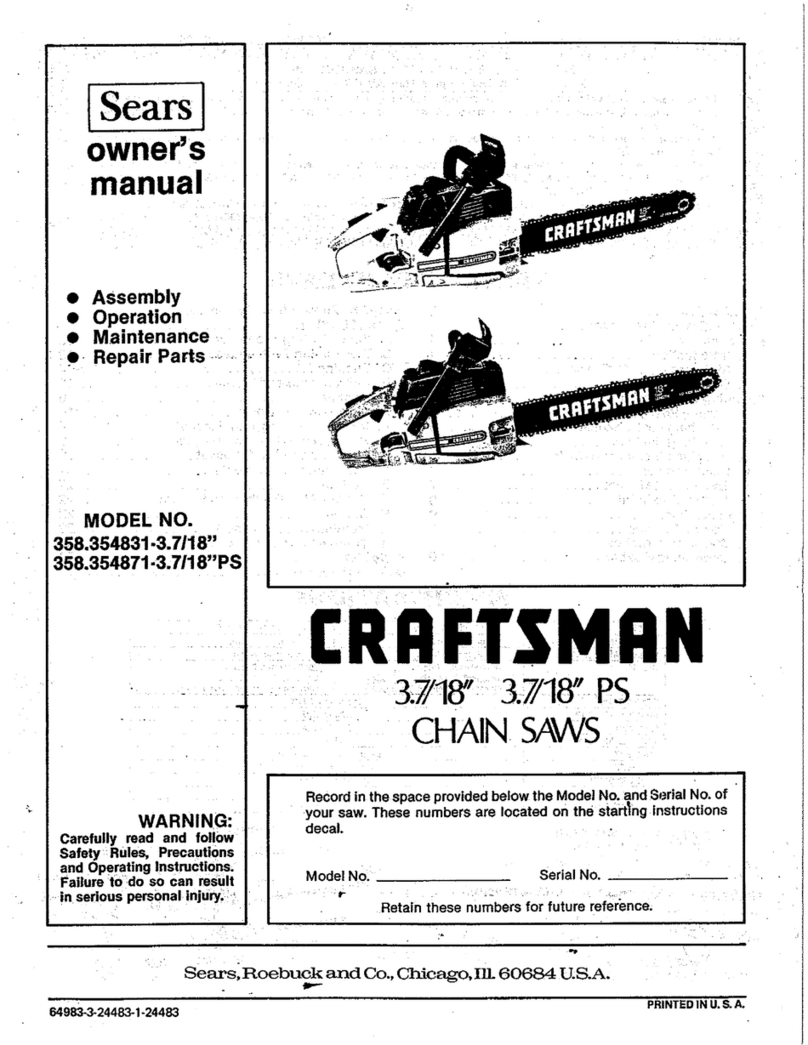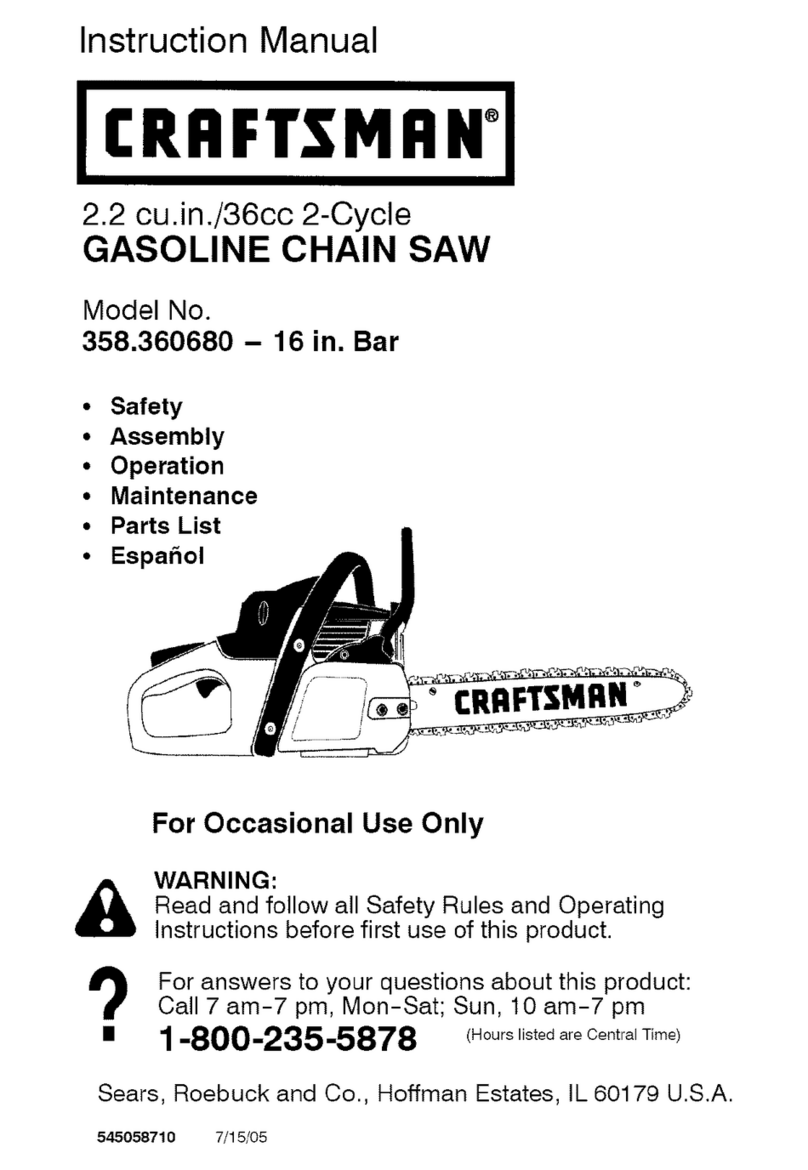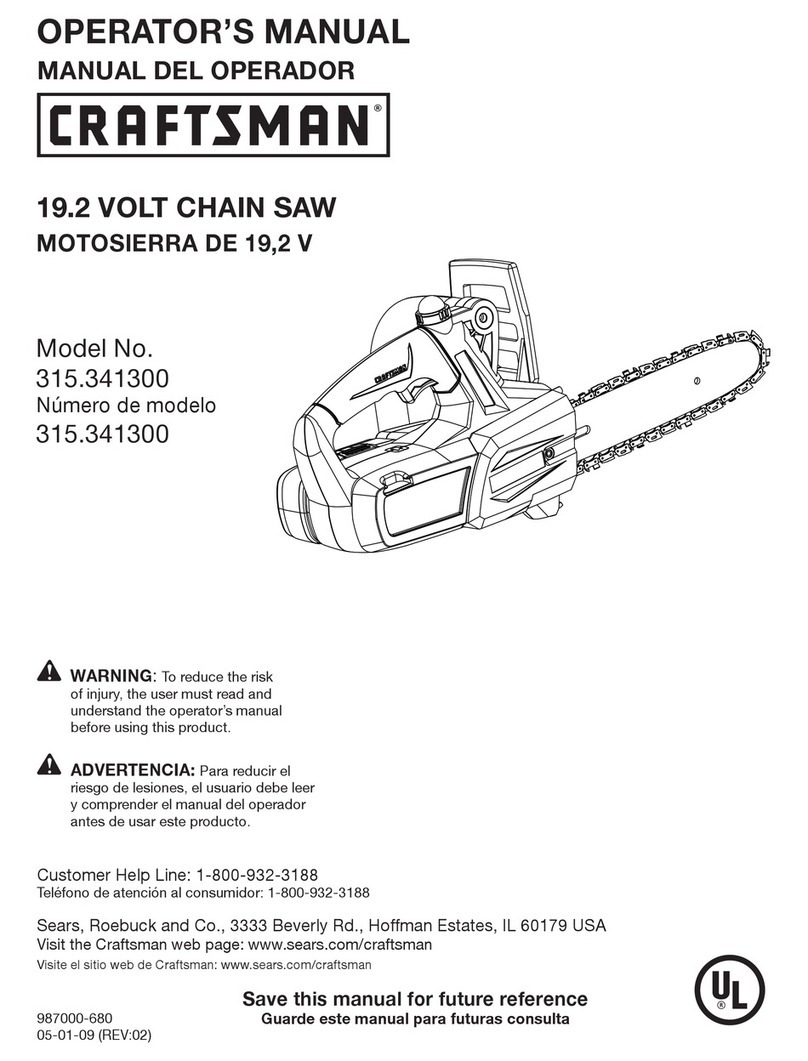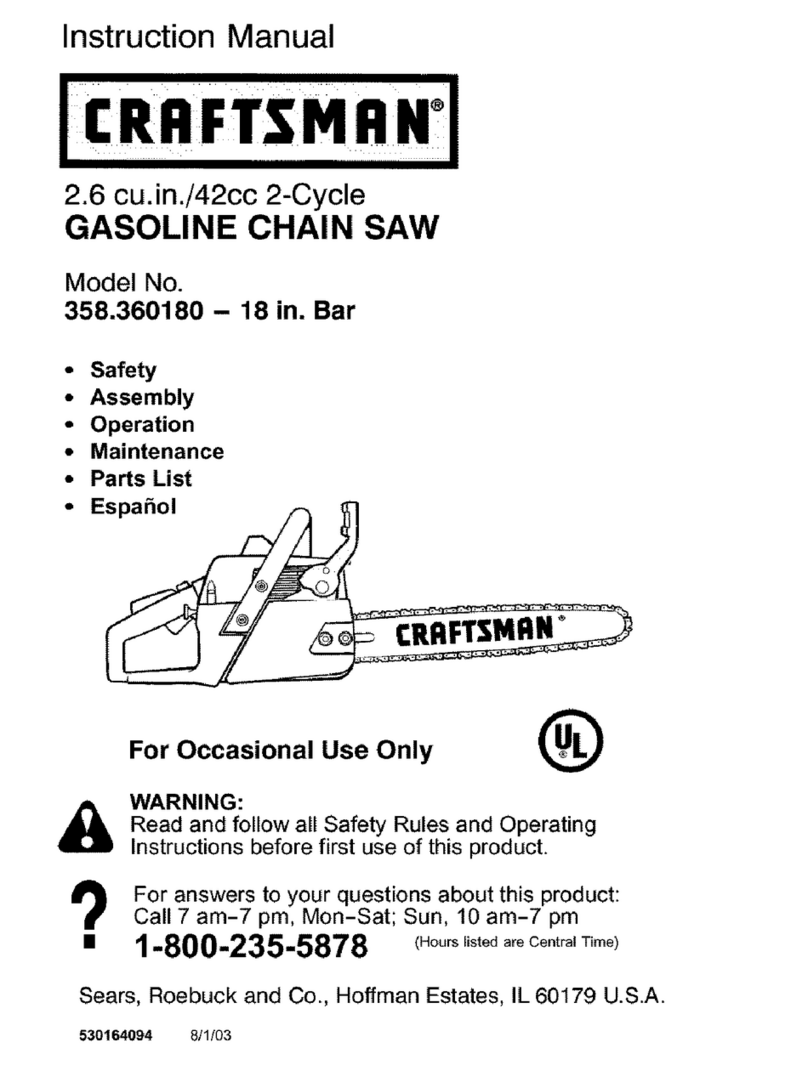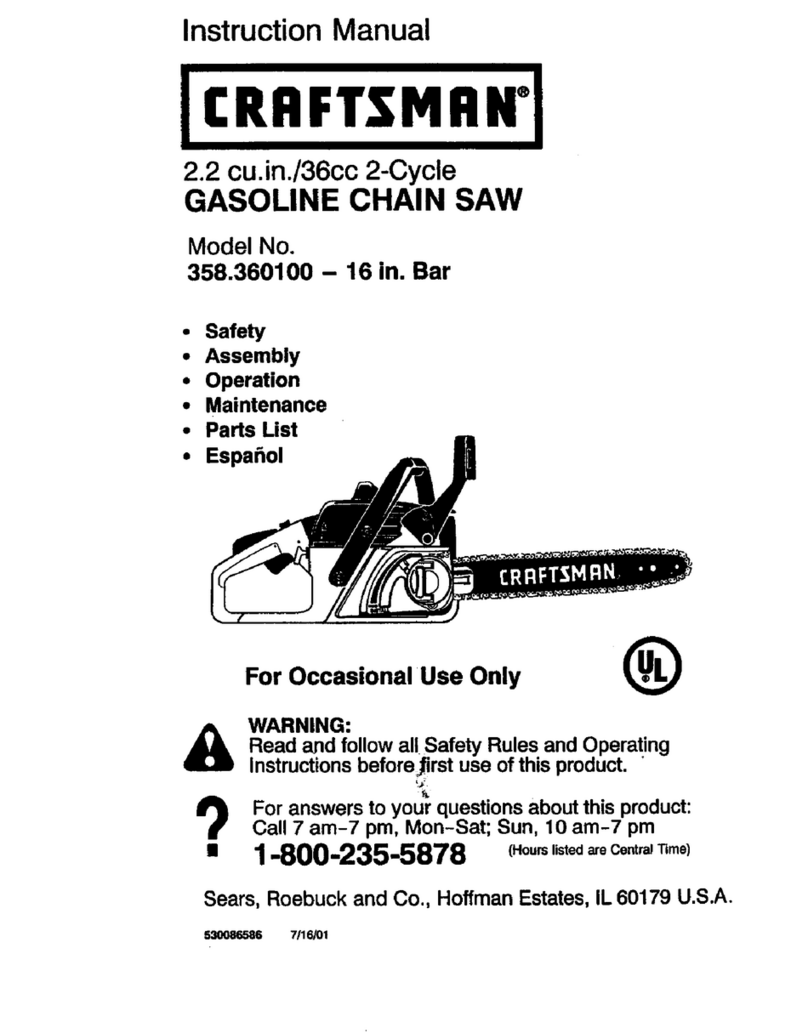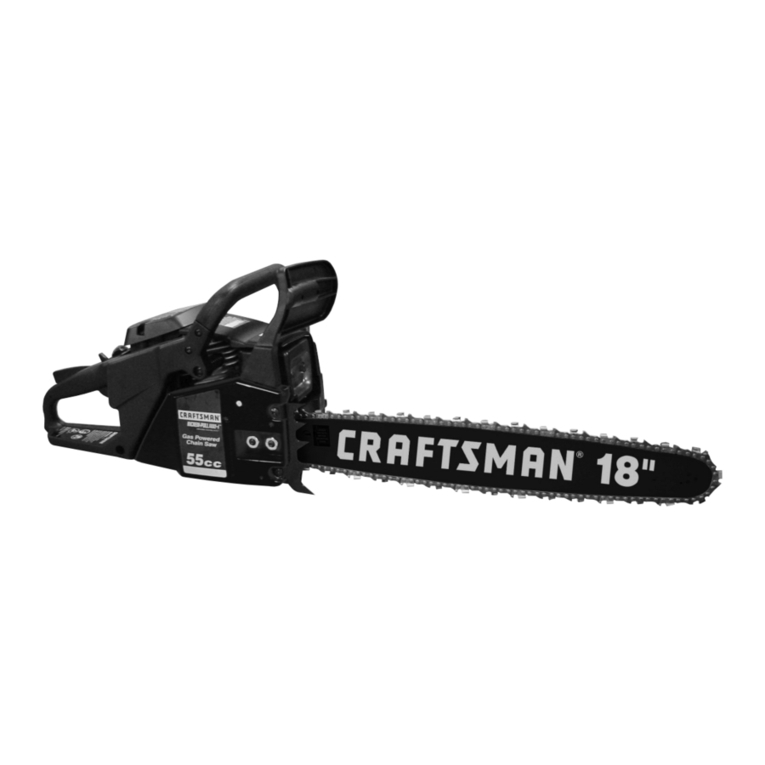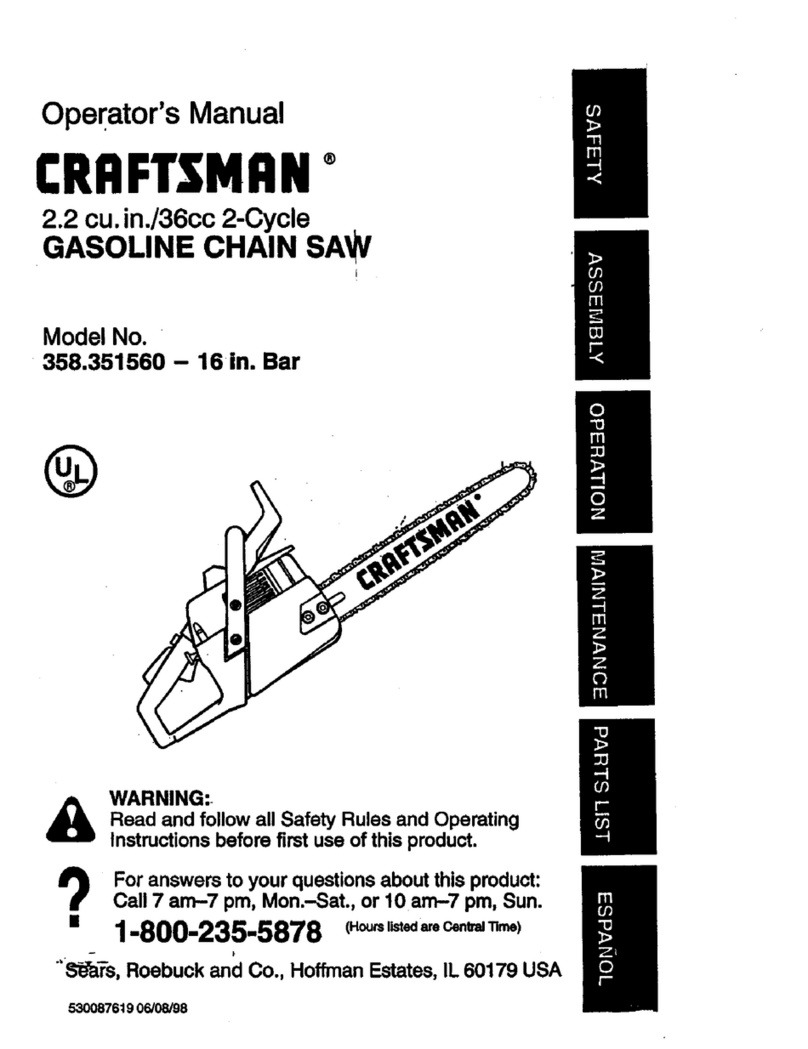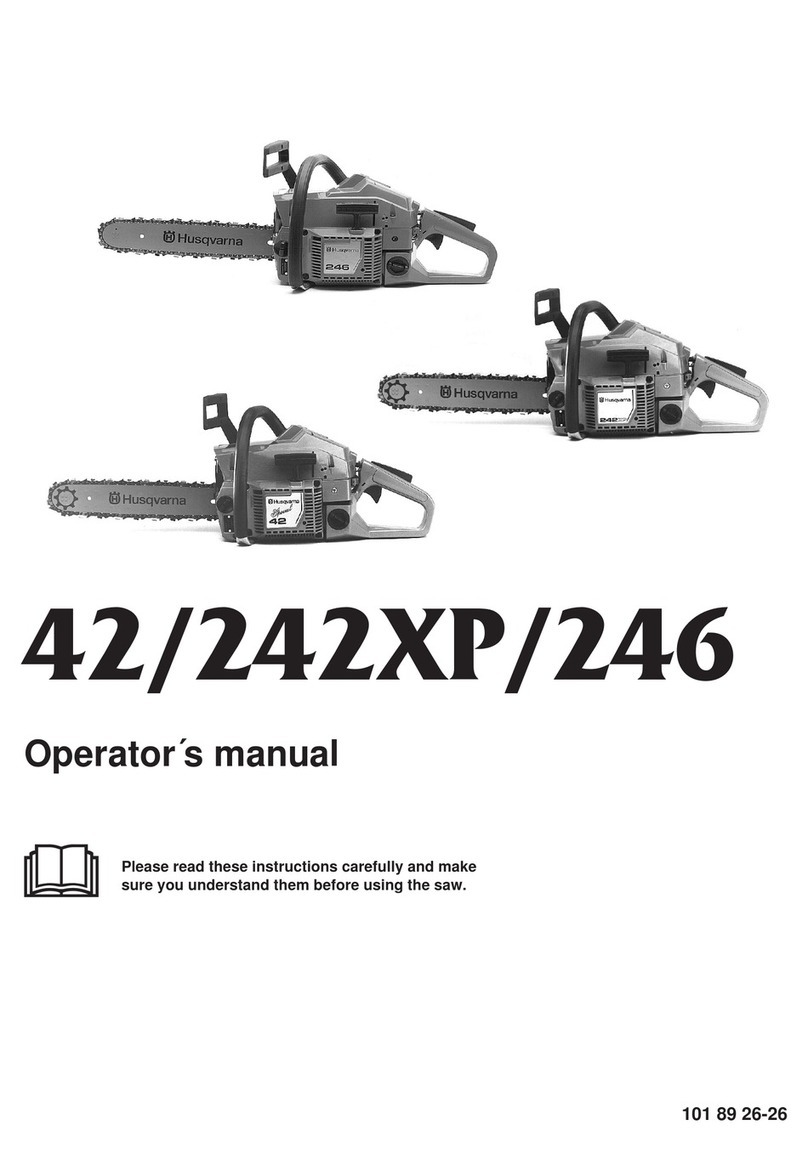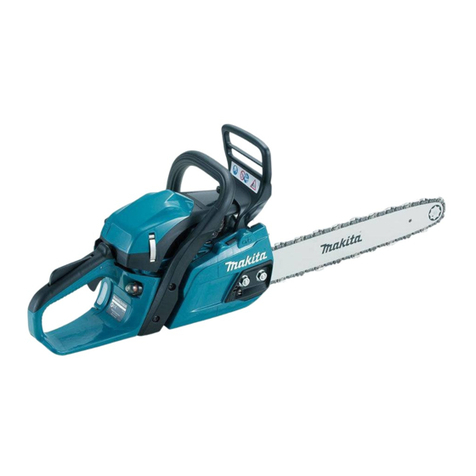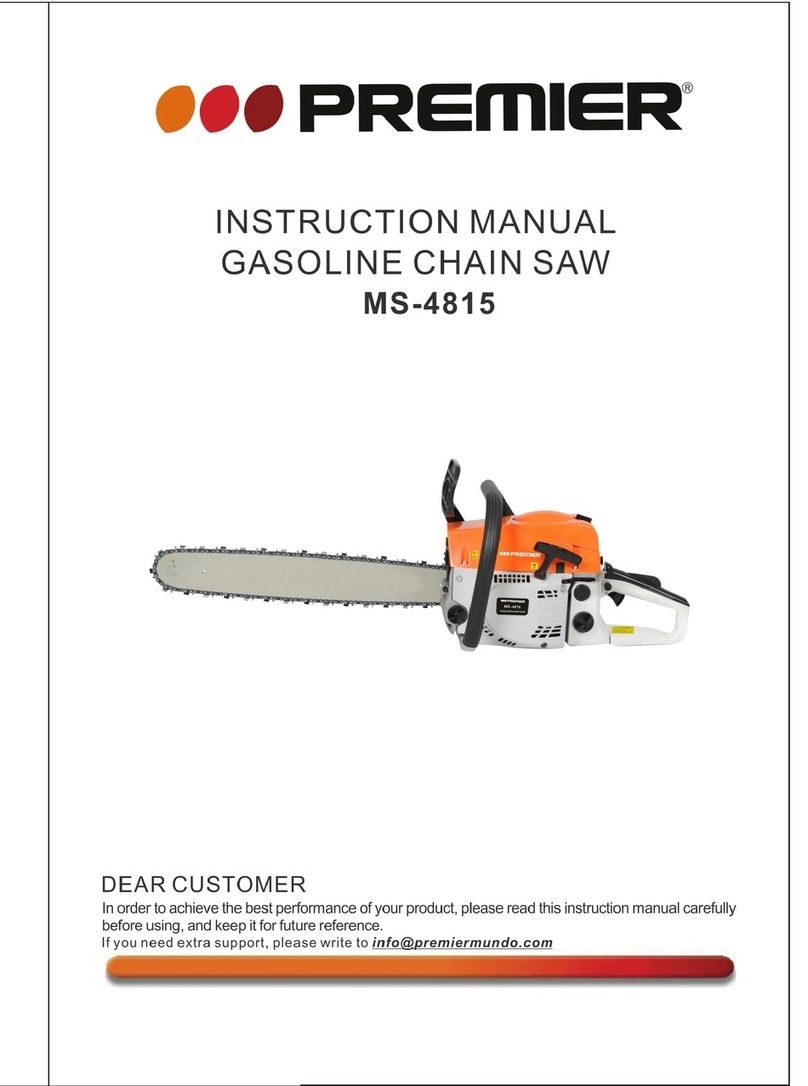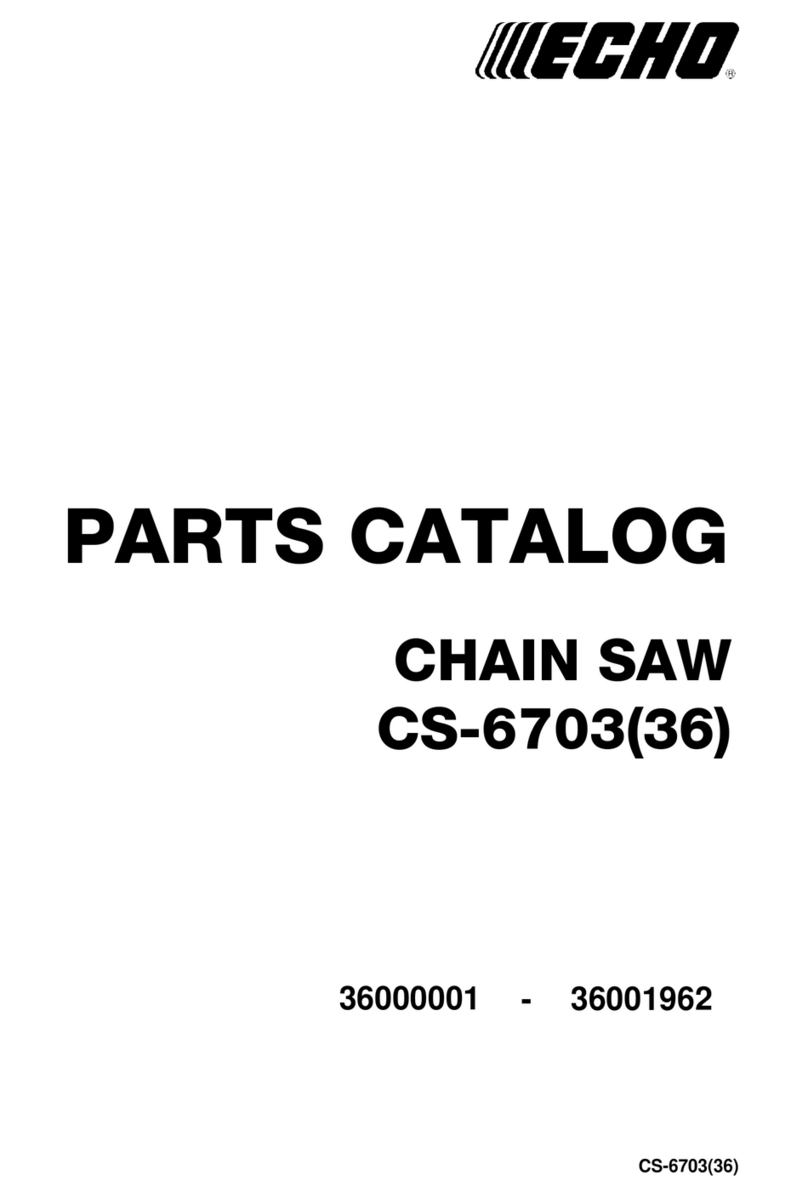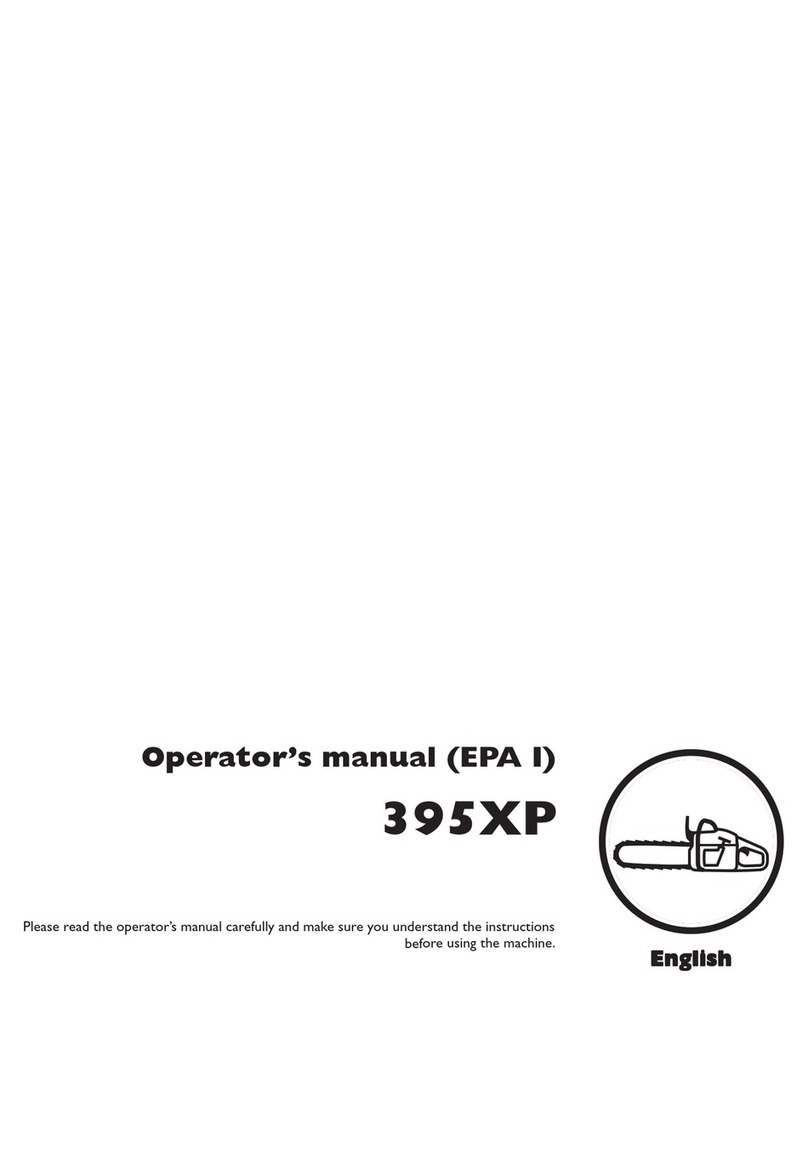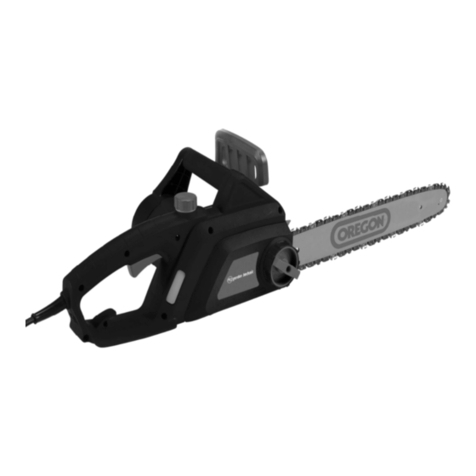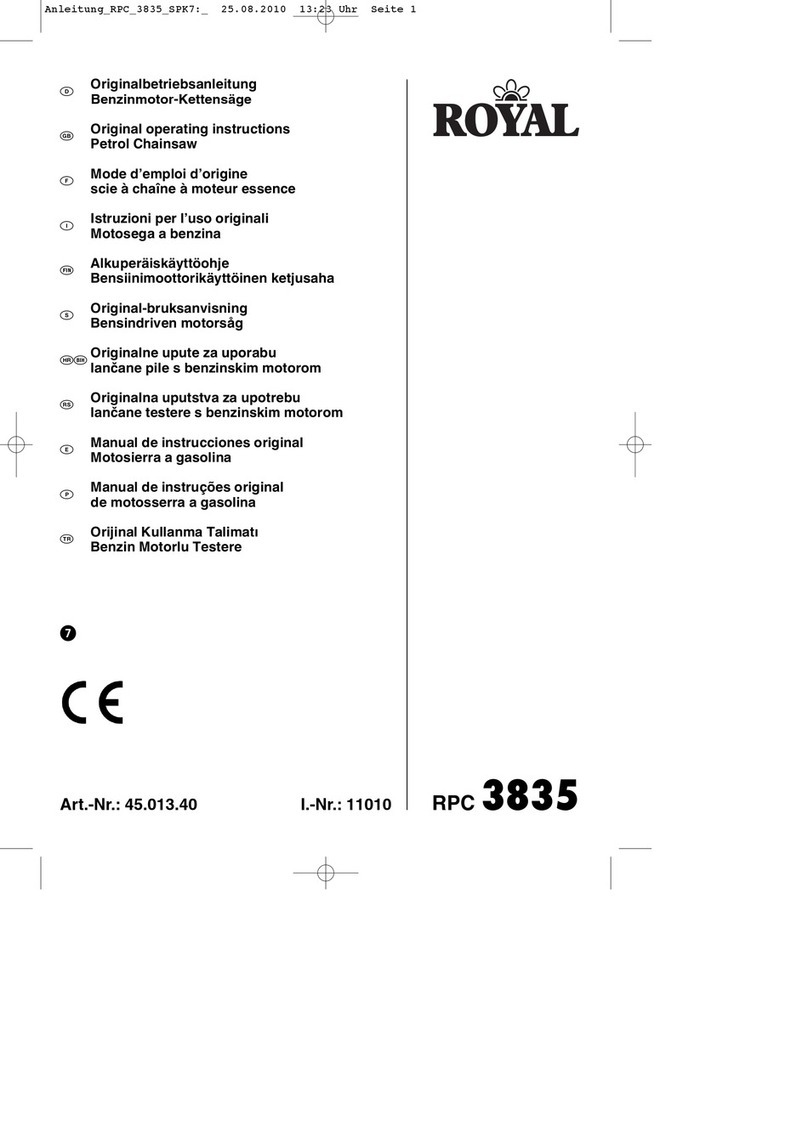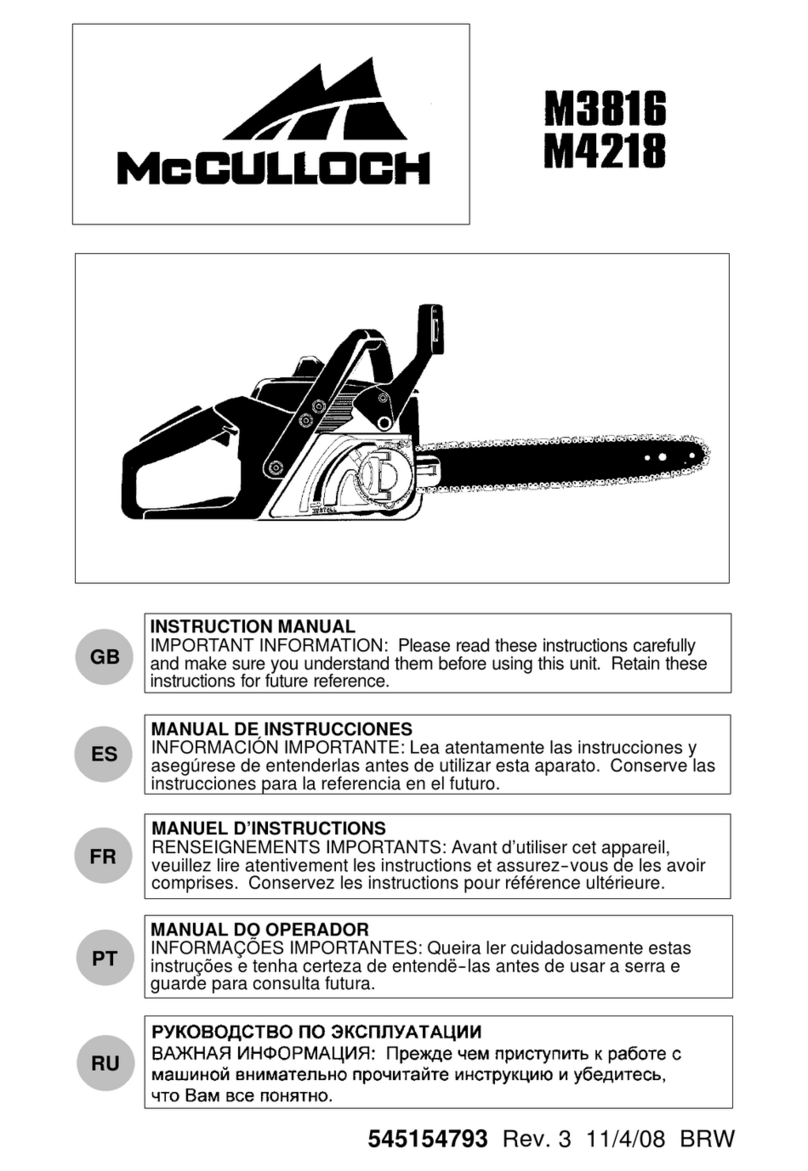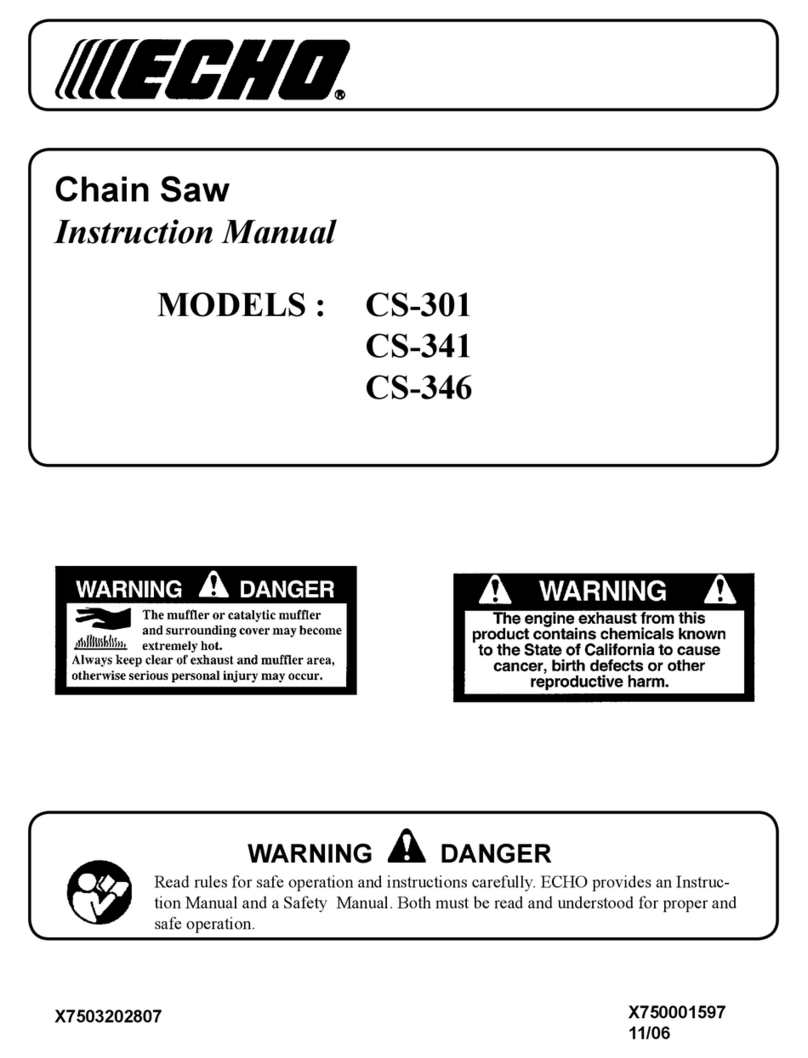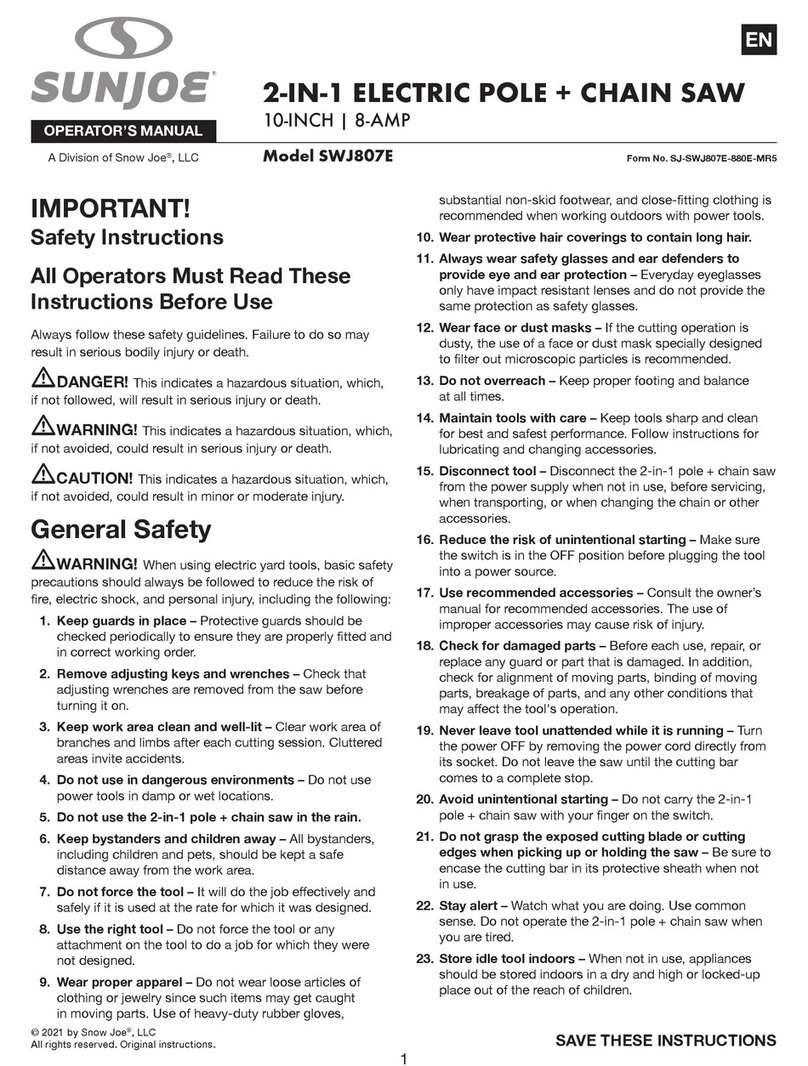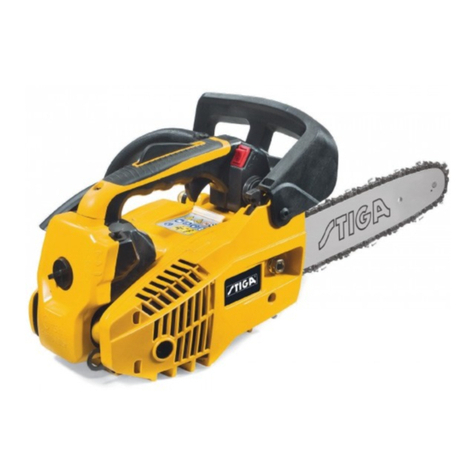SPECIAL SAFETY SECTION (continued)
...... III ..III II I II I mIIIIII I I El IIII IIIIIIIII
OPERATE YOUR SAW SAFELY
1. Do not operate a chain saw that is damaged,
improperly adjusted, or not completely and
securely assembled.
2. Do not use the saw if the trigger switch does not
turn the uniton and off properly.Repairstothetrig-
ger switch must be made by your Sears Service
Center.
3. Do not operate the saw from a ladder or in a tree.
4. Position all parts of your body to the left of cut
when the motor is running.
5. Cut wood only. Donotcutmetal, plastics,masonry,
non.vKx_buildingmaterials,etc. Donotuseyoursaw
topryor shoveawaylimbs,rootsorotherobjects.
6. Make sure the chain will not make contact with
any object before starting the motor. Never tryto
start the saw when the guide bar isin a cutor kerf.
7. Use extreme Caution when cutting small size
brush and saplings. Slender materialcancatchthe
saw chain and be whippedtov;ardyouor pul!youoff
balance.
8. Be alert for springback when cuttinga limb that is
undertension to avoid being struck bythe limbor saw
when"the tension in the woodfibers is released.
9. Do not force the saw through a cut. Exert light
pressure only.Pressure on the sawat the end of a
cut could cause loss of control when the Cut is
completed.
Avoid body contact with the chain anytime the
saw isplugged into a power source. The chainwill
continueto moveforashorttime afterthe trigger is
released.
Avoid dangerous situations. Donotexposethesaw
to rain, or use in damp, wet, gaseous, or explosive
locations.
Unplug the powerconnection when the saw isnot
in use.
10.
11.
I2.
MAINTAIN YOUR SAW IN
GOOD WORKING ORDER
I. Unplug the saw before servicing or changing
accessories.
2. Haveall chainsawservice,(other than theservice
described in the maintenance section of this
manual) performed byyour Sears Service Center.
3, Keep chain and guide bar clean and properly
lubricated.
4. Keep oii cap, screws and fasteners tight.
5. Keep the handles dry, clean, and free of oil
6. Stop the saw ifthe chain strikes a foreign object.
Checkforalignment,binding,breakage,and mount-
ingofmoving partsand anyotherconditionthatmay
affecttheoperationoftheunit.Check guardsand all
other pads tosee ifeach willoperate properlyand
perform itsintendedfunction. Any partthat isdam-
aged should be properly repaired or replaced by
using the instructionsin this manual or by seeing
yourSears Service Center.
7 Be certain the saw chain stops moving when the
trigger switch is released.
8. Make certain thatalrhand toolsare removed from
the saw before connecting the saw to the power
source.
9. Nevermodify yoursawin any way.Use onlyattach.=
ments suppliedor specificallyrecommendedbythe
manufacturer.
Always replace the handguard immediately if it
becomes damaged, broken or otherwise
removed.
CARRY AND SI"ORE
YOUR SAW SAFELY
10.
o
.
3.
Never carry yoursaw while climbing. Bothhands
are needed for safe climbing,
Carry the unit unplugged, by the front handle,
finger off tWetrigger switch, and with the guide
bar and chain to the rear.
4.
5.
Carry the saw with guide bar and chain covered
by the scabbard.
Before transporting in any vehicle or storing in
any enclosure, allow yoursaw to cool completely,
coverthe barand chainand propedysecuretoavoid
turnover or damage.
Drain oil tank before storing your saw for 30 or
more days.
6. Store in a dry area out of the reach of children.
NOTE
Exposuretovibrationsthroughprolonged use of this tool may produce Whitefingerdisease (Raynaud's phenomenon)
This phenomenon reduces the hand's ability to feel and regulate temperature, produces numbness and burning
sensations and can cause nerve and circulation damage and tissue necrosis.
An anti-vibration system designed to reduce engine vibration is recommended for those using power tools on a
regular or sustained basis. An anti-vibration system does not guarantee the avoidance of Whitefinger disease,
Continual and regular users must monitor closely theii-use of power tools and physical condition.
THIS CHAIN SAW IS FOR OCCASIONAL USE ONLY.
Notice:
Refer tothe CodeofFederal Regulations,Section 1910.266(5);2.5.1 ofAmerican NationalStandard Safety Require-
mentsfor Pulpwood Logging,ANSI 03.1-t978; and relevantstate safety codes when usinga chainsaw for logging
••.. • • . , . , •
purposes.
